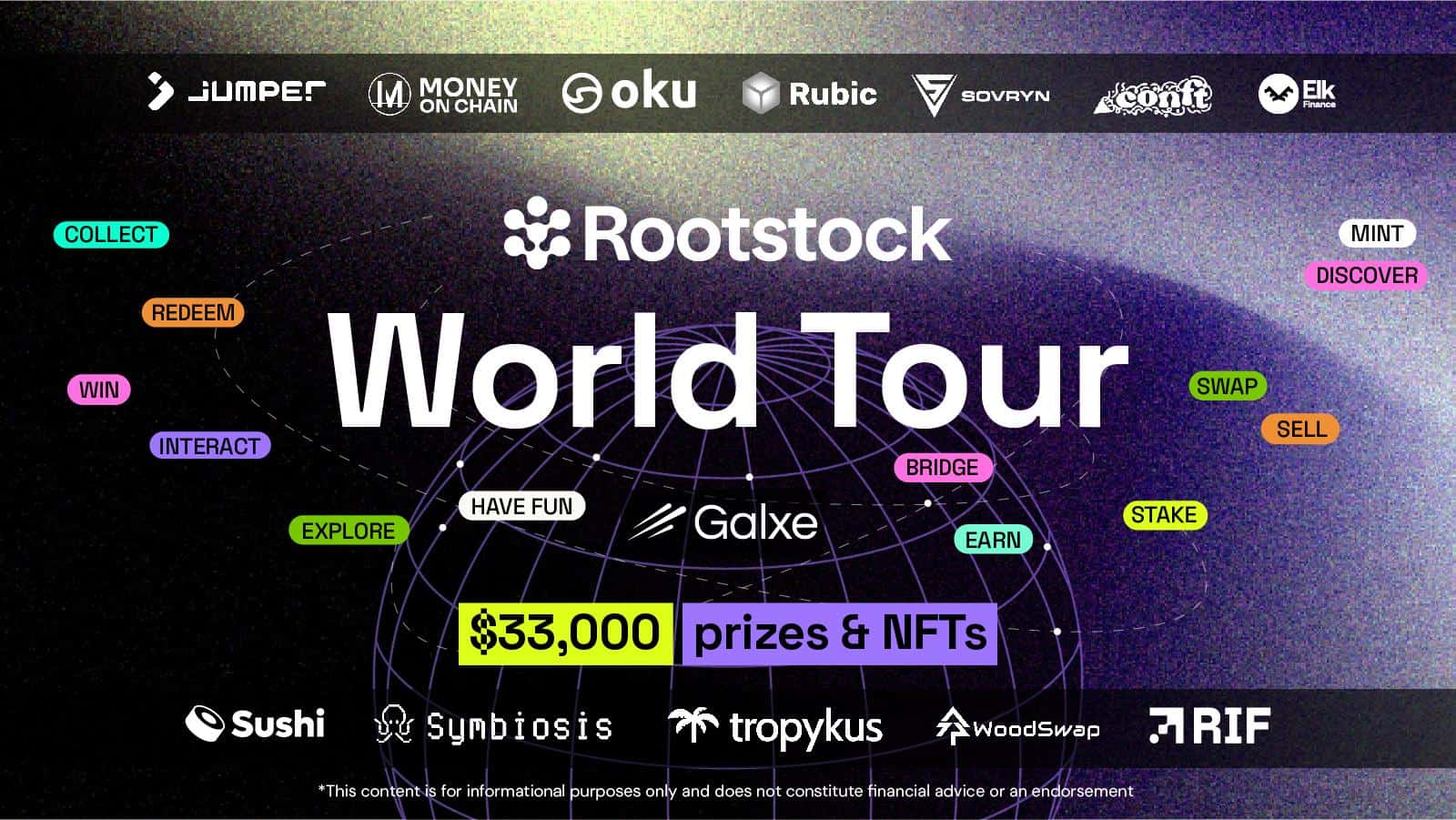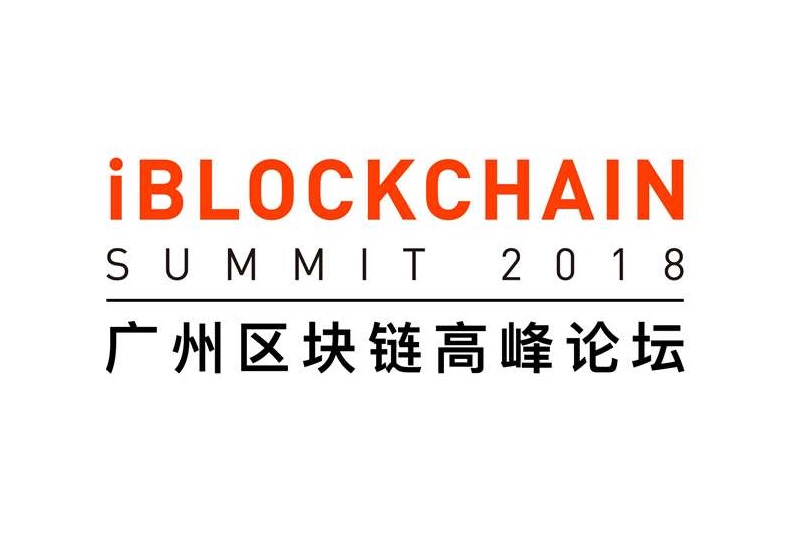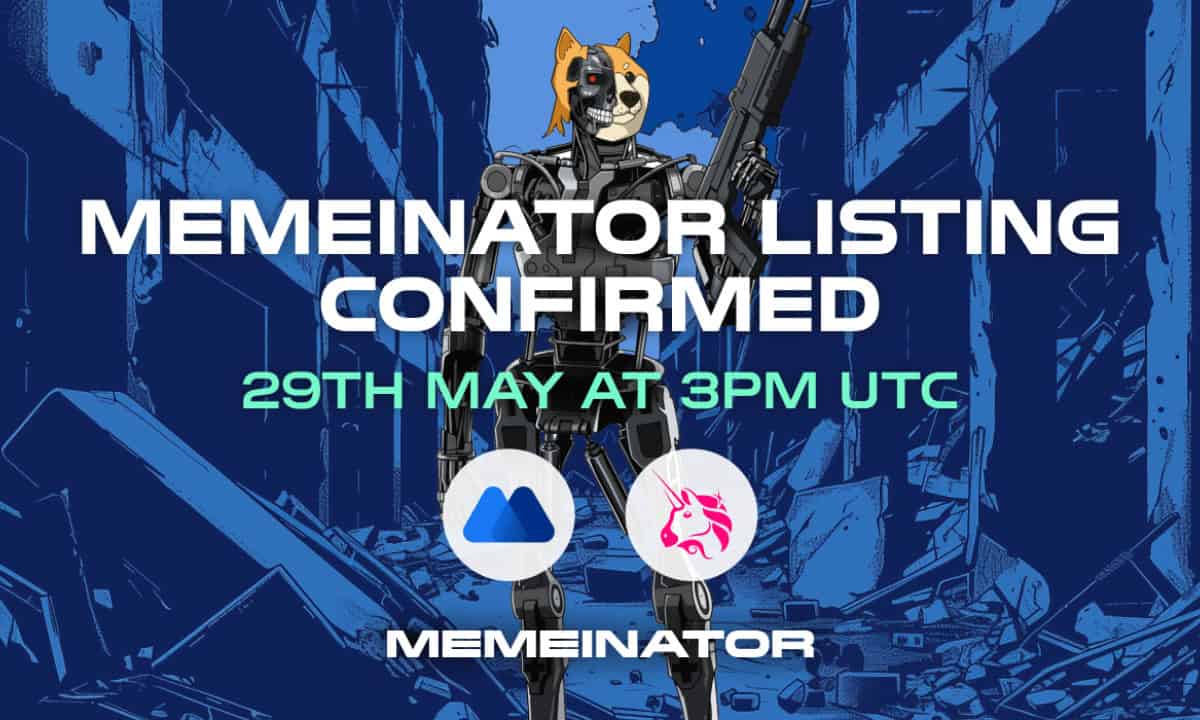Vitalik Buterin Proposes ‘Enshrined zkEVM’ to Address Ethereum’s Layer-2 Challenges
Vitalik Buterin, Ethereum’s co-founder, has proposed a new concept: the “enshrined Zero-Knowledge Ethereum Virtual Machine (zkEVM).”
This initiative aims to enhance the efficiency and security of Ethereum’s Layer-2 protocols, particularly optimistic and ZK rollups, which are crucial for the network’s scalability.
Vitalik Buterin’s zkEVM Layer-2 Solution
In a recent blog post, Vitalik Buterin highlighted the evolving strength of Ethereum’s “light clients.” They are set to improve, soon being able to use zero-knowledge cryptography for verifying transactions on the primary chain.
This development, Buterin notes, will effectively integrate a zkEVM into Ethereum, leading him to propose its potential use for rollup protocols as well.
Ethereum’s Layer-2 protocols are crucial for the blockchain’s scalability but rely heavily on EVM verification. The current method has a large and potentially vulnerable codebase, which creates several challenges.
zkEVMs, designed to replicate the Layer-1 EVM, struggle to keep up with updates in the Ethereum protocol, leading to duplicated efforts and increased security risks.
A post on benefits and challenges of enshrined ZK-EVMs at layer 1:https://t.co/bRTKdtaFRL
There’s different options and the tradeoffs get complex!
— vitalik.eth (@VitalikButerin) December 13, 2023
Addressing these issues, Buterin suggests embedding a zkEVM directly into the Ethereum blockchain. This internal zkEVM would take on the task of verifying Layer-1 Ethereum blocks, offering a more efficient and secure approach.
Buterin envisions the proposed zkEVM’s main focus on verifying Ethereum blocks by processing inputs like a pre-state root, a block, and a post-state root. This ensures the integrity of the post-state root as a true outcome of block execution.
According to Buterin, Implementing the zkEVM presents several design challenges and trade-offs. It requires compatibility and adaptability to support various proving systems, reflecting Ethereum’s multi-client environment.
It’s also essential to provide data availability to satisfy different clients while ensuring auditability and upgradeability for easy inspection and quick issue resolution without hard forks. The system must also support innovations in ‘Almost-EVMs,’ permitting Layer-2 solutions to extend and innovate upon standard EVM functionalities.
Buterin also advocates for an open system, where proofs are verified externally, for its flexibility and compatibility with Ethereum’s core values despite its higher complexity.
Speed is also a critical aspect of zkEVM implementations. The objective is to reduce the proof generation time, enabling near-instantaneous processing using technological advancements in parallelization and hardware acceleration.
Potential Impact on Layer-2 Projects
Buterin’s proposal could significantly impact existing Layer-2 projects like Polygon, Matter Labs, and Scroll, which have invested heavily in aligning with Ethereum’s earlier roadmap.
Buterin, who has for years pushed Ethereum down a “rollup-centric” roadmap, has assured that Layer-2 networks will continue to play an essential role, responsible for functions like fast pre-confirmations, MEV mitigation strategies, extensions to the EVM, and user and developer conveniences.
He notes that these teams are crucial in attracting users to their ecosystems and are compensated through capturing MEV and congestion fees within their networks. This relationship is expected to continue under the new plan.
The post Vitalik Buterin Proposes ‘Enshrined zkEVM’ to Address Ethereum’s Layer-2 Challenges appeared first on CryptoPotato.









